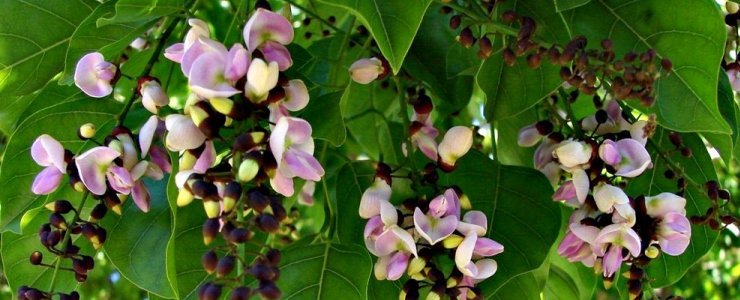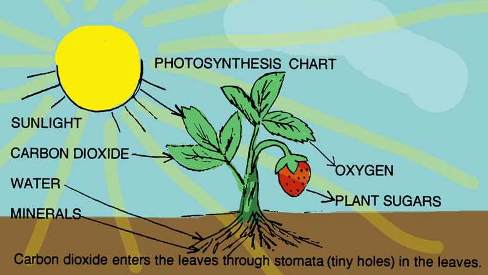
Habitat & Nutrition
In the wild, the Pongam tree, which is native to southern Japan and China, southeast Asia, Pakistan India, Malaysia, northern Australia, the Philippines, and Polynesia, grows on a variety of land types from dry, rocky sea shores to inland waterway shores in tropical and subtropical regions. Pongam trees thrive in areas that receive between 5500 and 2500mm of rainfall per year and grow best at temperatures between 8oC and 32oC. These trees' roots are extremely tolerant of drought, or alkalinity, and of water and sand salinity. The map below shows a world distribution of the Pongam tree.
|
Discover Life -- click on map for details, credits and terms of use. |
Pongam trees are legumes. They receive a large amount of nutrition through root nodules that harbor nitrogen fixing cyanobacteria. Water and nutrients produced during nitrogen fixation are carried up the tree through xylem vascular tissue. They also perform photosynthesis by using carbon dioxide, water, and sunlight to create glucose, oxygen, and water. This chemical reaction is: 6CO2 + 12H20 + sunlight ---> C6H12O6(sugar) + 6O2 + 6H2O It occurs in the chloroplast cells of the leaves. Nutrients from photosynthesis are transported to the rest of the tree through the vascular phloem.
 |
| Image by Shadih |
Move onto Pongam Tree History and Adaptations or go Home.